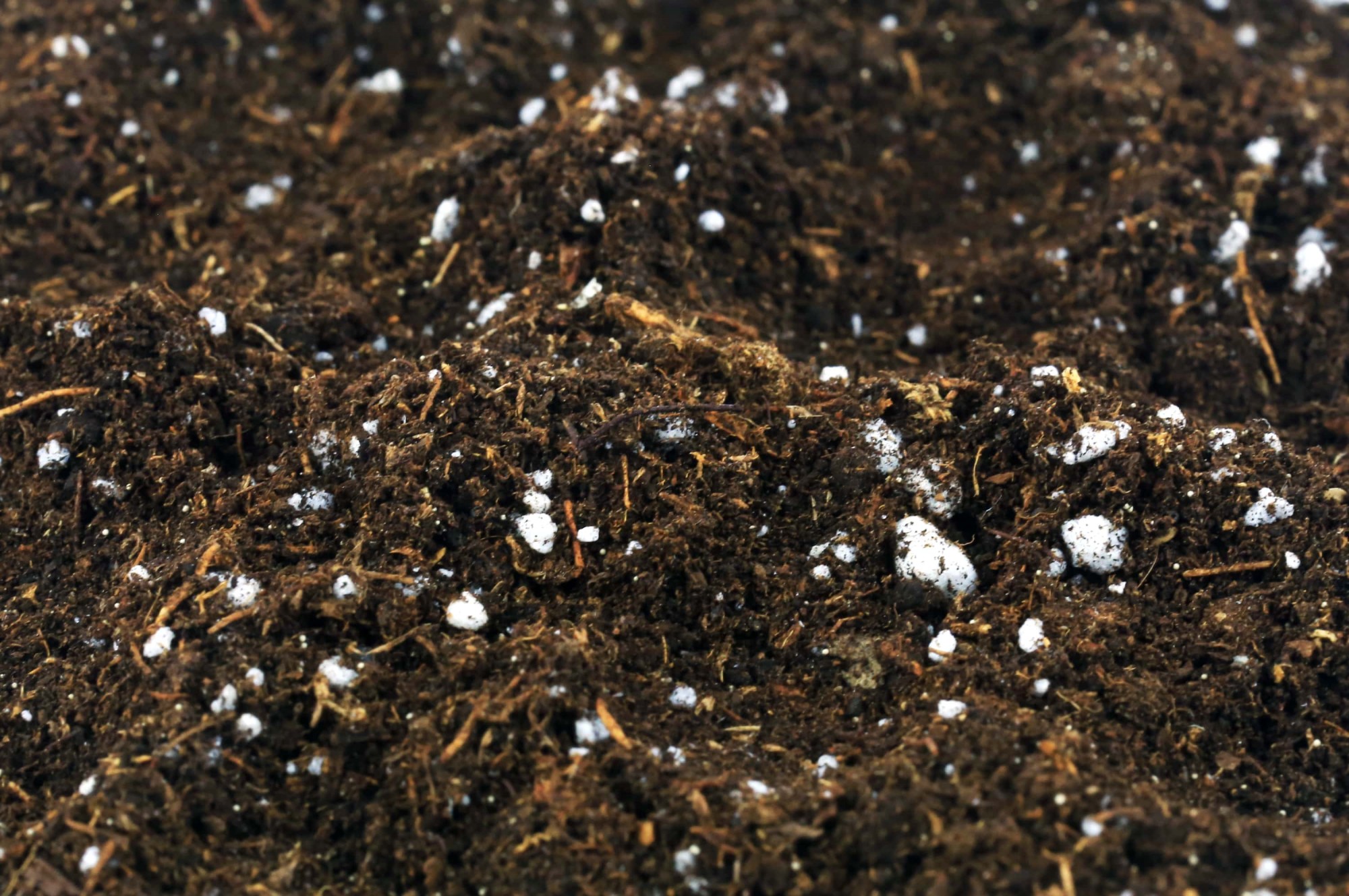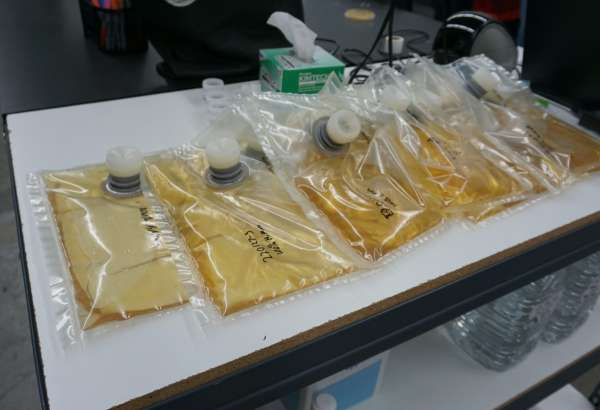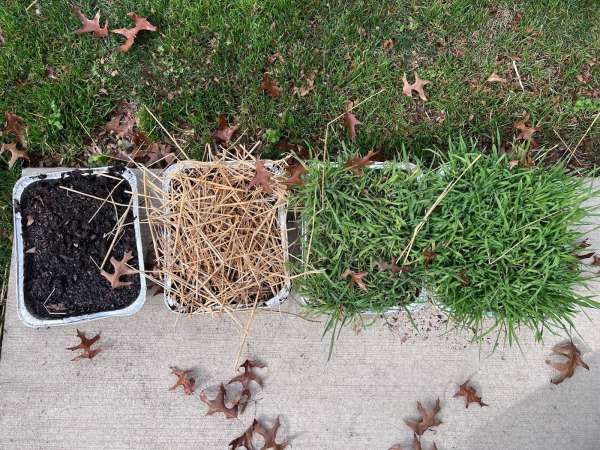Boosting the chemistry of soil: A data analysis unit
Lessons
# Case study description and lab directions
Students are introduced to the research plots and data that was collected throughout Summer, 2019.
Files
# Soil amendments (aka additives/inputs)
Students investigate the products tested by Sunrise on their South Charleston test plots in summer of 2019. This set of activities is designed to guide students through the data analysis.
Files
-
South Charleston data set
-
Plot data key (student)
-
Case study: Sunrise plots (student)
-
Fertizol sell sheet (student)
-
BioComplete sell sheet (student)
-
Data analysis to determine the efectiveness of a soil treatment (student)
-
Data analysis to determine the efectiveness of a soil treatment (teacher)
-
Soil amendment products (student)
-
Soil amendment products (teacher)
# Data analysis (advanced)
Students create a case for using or not using one of the products tested based on their data analysis results. This portion is designed for students to independently analyze various data sets to determine the results from the test plots.
Files
Teacher background
When a new product is released, you can bet it has been tested. This is especially true in agriculture. Farmers can choose from many new products designed to enhance nutrient availability to their crops. The cost of the new product will be weighed in the hopes of getting a high return. If there is higher yield (more seeds harvested) then more money is returned to the farmer. If the amount of money from the sale of the crop is not equal to or greater than the amount invested, then the farmer loses money.
Soil tests are regularly performed by growers to determine the amounts of available minerals (macronutrients such as nitrogen, phosphorus and potassium and micronutrients referred to as minerals), organic material, and pH in fields. When a crop grows, it removes available nutrients from the soil to help with stem and root development, flowering, and seed production. Nitrogen, phosphorus and potassium are the three major nutrients, but soil is a living system that needs other minerals and biotic factors to operate at an optimal level for producing yield (the amount of bushels per acre at harvest). Soil tests help to determine the necessary ratio of minerals to be added to soils in order to enhance crop yield. This ratio can vary widely in a single field. Precision application technology can adjust the amount of nutrients being applied to the soil as the tractor moves across the field. This data-driven technology prevents unnecessary nutrients being spread on the field and also protects the farmer’s return on investment.
Tissue tests are performed on crops to determine if the nutrients taken in by the plants are being utilized or if the plant is deficient. The tissue tests allow agronomists to determine if the nutrients and other minerals are in the right balance. “There are well-established acceptable ranges for each nutrient by crop type and stage…But you’re also looking at key ratios for these nutrients. From a tissue test, we can rank the most limiting nutrients and advise action from there.” See How, When And Why To Tissue Test for more information.
Yield is determined by many factors, including both biotic (microbes such as bacteria and fungi, macroinvertebrates such as nematodes, and earthworms) and abiotic factors in soil, stress (too much or too little water, disease factors), temperature and seed variety. Yield is generally the most important outcome upon which growers make decisions. Of course, inputs (fertilizer, seed treatments, seed cost and herbicide/pesticide applications) all play a role in decision-making. The most important aspect is return on investment (ROI). If the costs are higher than the amount that can be made by selling the crop, growers will hesitate to invest. However, both short-term and long-term gain need to be considered. If soil becomes depleted because it is not taken care of, a grower won’t be in business for long. So there is always a balance between costs and benefits.
In this case study, two products are tested: Fertizol which allows more for zinc availability to plants and BioBuild, a blend of microbes. The data collected on this set of test plots is a bit overwhelming. Students will need to:
- Research the effects of the major nutrients and other minerals on crops.
- Determine what data is needed by investigating the product(s) used in the treatments. (See Soil Amendment Products)
- Determine what differences can be used to analyze the effects of the products.
- Use the evidence to create an argument for using/not using the products.
The data from this lesson was collected by Sunrise Cooperative, a farmer-owned business that gives advice to its members on what treatments work in what types of soils and for which crops. Thank you to Sunrise Cooperative in South Charleston, Ohio, for hosting three teachers for a summer experience and sharing data from the test plots.
Next gen science standards
Science and engineering practices
- Asking questions (for science) and defining problems (for engineering)
- Analyzing and interpreting data
- Using mathematics and computational thinking
- Engaging in argument from evidence
- Obtaining, evaluating, and communicating information
Crosscutting concepts
- Patterns
- Cause and effect
Disciplinary core ideas/content
- ESS3A Natural resources
- ESS3C Human impacts on Earth systems
- LS2A Interdependent relationships in ecosystems
- ESS2A Earth materials and systems








Share this